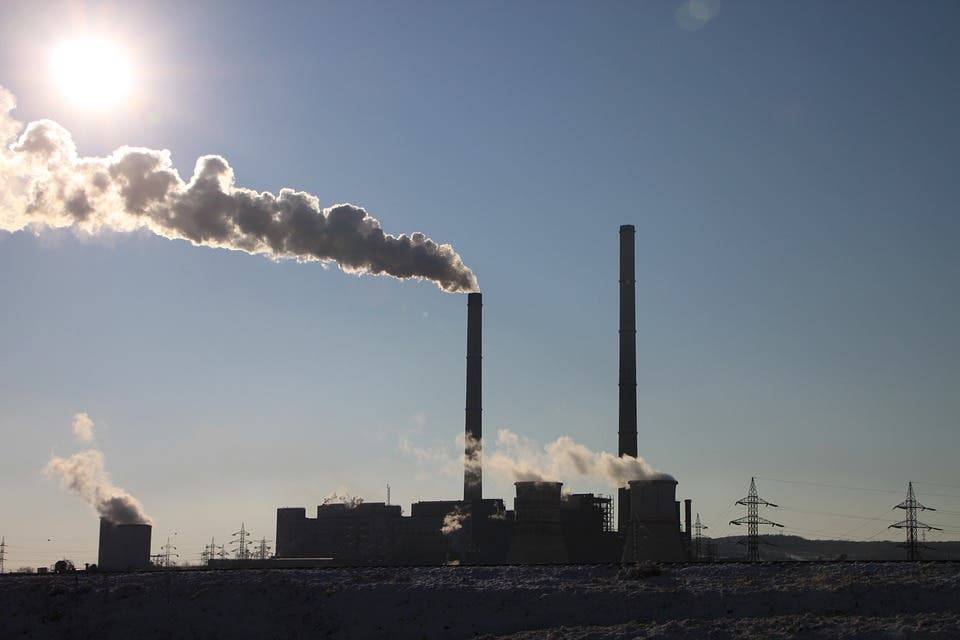Seeking innovative ways to deal with the rise in greenhouse gas emissions, a group of scientists has developed a so-called “artificial leaf” that can convert carbon dioxide (CO2) into a useful alternative fuel – with almost no costs.

The research, published in the journal Nature Energy, was inspired by the way plants use energy from sunlight to turn carbon dioxide into food.
“We call it an artificial leaf because it mimics real leaves and the process of photosynthesis,” said Yimin Wu, an engineering professor at the University of Waterloo who led the research. “A leaf produces glucose and oxygen. We produce methanol and oxygen.”
Carbon dioxide is the primary contributor to global warming. Making methanol out of it would both reduce greenhouse gas emissions and provide a substitute for the fossil fuels that create them. The key to the process is a cheap, optimized red powder called cuprous oxide.
The powder is created by a chemical reaction when four substances – glucose, copper acetate, sodium hydroxide, and sodium dodecyl sulfate – are added to water that has been heated to a particular temperature. It’s engineered to have as many eight-sided particles as possible
Then, the powder serves as the catalyst, or trigger, for another chemical reaction when it is mixed with water into which carbon dioxide is blown and a beam of white light is directed with a solar simulator.
“This is the chemical reaction that we discovered,” said Wu, who has worked on the project since 2015. “Nobody has done this before.”
The reaction produces oxygen, as in photosynthesis, while also converting carbon dioxide in the water-powder solution into methanol. The methanol is collected as it evaporates when the solution is heated.
Looking ahead, the next steps in the research include increasing the methanol yield and commercializing the patented process to convert carbon dioxide collected from major greenhouse gas sources such as power plants, vehicles, and oil drilling.
“I’m extremely excited about the potential of this discovery to change the game,” said Wu, a professor of mechanical and mechatronics engineering, and a member of the Waterloo Institute for Nanotechnology. “Climate change is an urgent problem and we can help reduce CO2 emissions while also creating an alternative fuel.”









